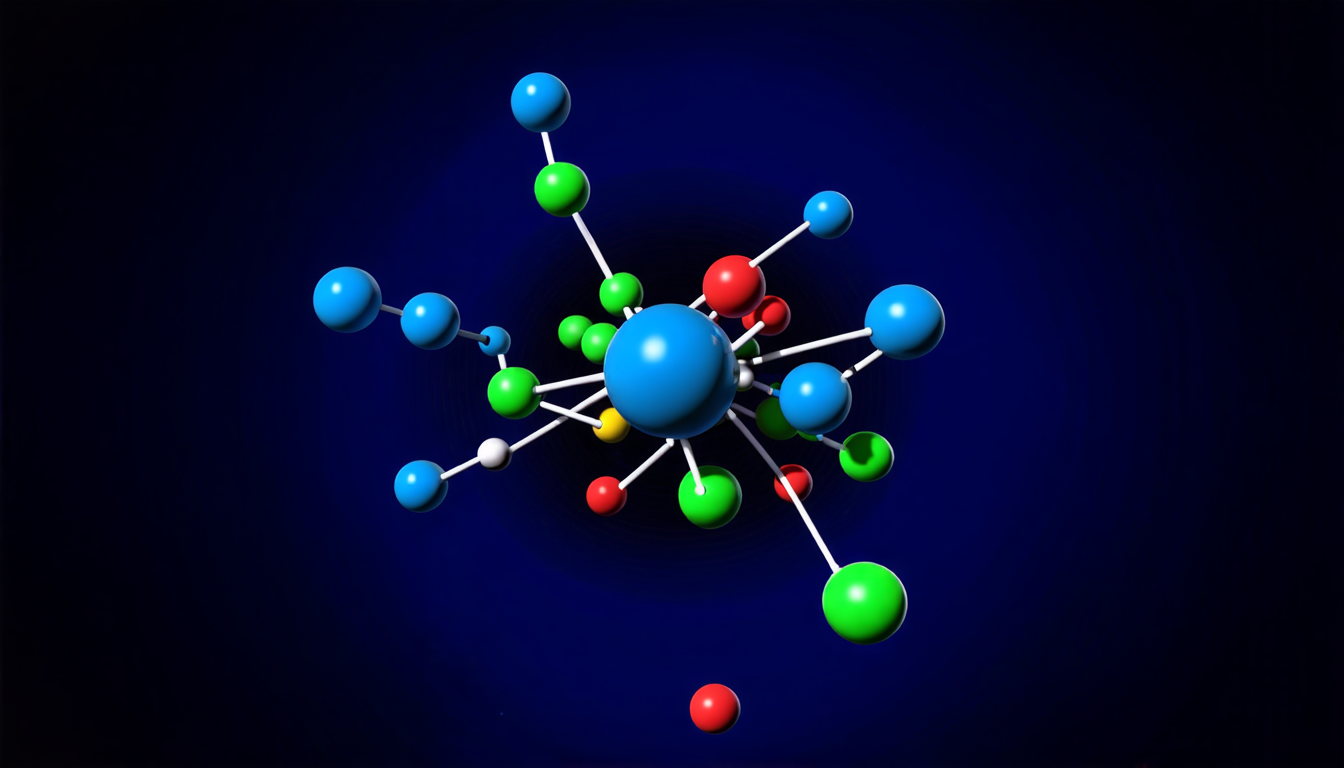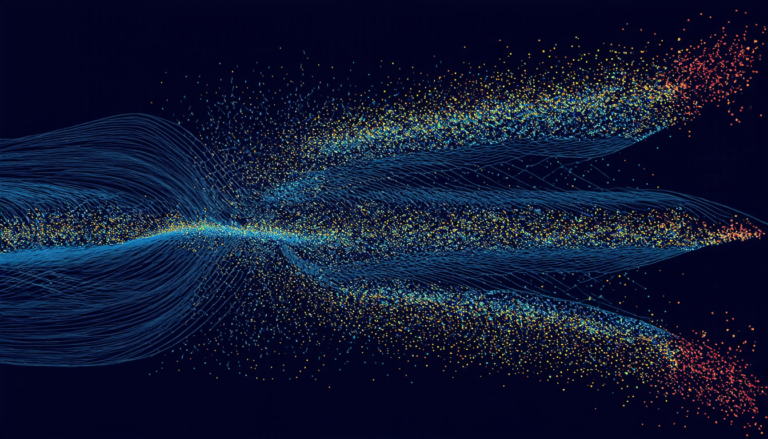Wednesday 26 February 2025
The atomic nucleus is a tiny, tightly wound bundle of protons and neutrons that makes up every atom in our universe. It’s a complex and mysterious place, where particles zip around each other at incredible speeds and interact in ways that defy easy explanation.
For decades, scientists have been trying to understand the intricacies of these nuclei, using powerful machines like particle accelerators to smash them apart and study their fragments. But despite this work, many aspects of nuclear physics remain shrouded in mystery.
One of the biggest challenges is understanding how atomic nuclei are structured at a fundamental level. Protons and neutrons are held together by the strong nuclear force, which is mediated by particles called pions. These pions are incredibly short-lived, decaying almost instantly into other particles or energy. This means that scientists can’t directly observe them, making it difficult to understand how they shape the nucleus.
To get around this problem, researchers have developed sophisticated computer simulations that mimic the behavior of these particles. These simulations use complex algorithms and vast amounts of computational power to model the interactions between protons, neutrons, and pions. By running these simulations millions of times over, scientists can identify patterns and trends that might not be apparent in real-world data.
Recently, a team of researchers used one of these simulations to study the nucleus of potassium-52, a type of atom that’s found in many biological molecules. They created a highly detailed model of this nucleus, using it to predict the properties of its protons, neutrons, and pions.
The results were remarkable. The simulation showed that the nucleus of potassium-52 is held together by a delicate balance of forces, with the strong nuclear force mediated by pions playing a crucial role. The researchers also found that the protons in this nucleus are arranged in a specific pattern, which determines many of its properties.
This work has important implications for our understanding of atomic nuclei and how they interact with each other. By developing more accurate simulations like this one, scientists can gain a deeper understanding of nuclear physics and its role in shaping the behavior of atoms and molecules.
In the long run, this knowledge could lead to breakthroughs in fields like medicine, materials science, and energy production. For now, it’s just another step forward in our ongoing quest to understand the intricate workings of the atomic nucleus.
Cite this article: “Deciphering the Secrets of the Atomic Nucleus”, The Science Archive, 2025.
Atomic, Nucleus, Protons, Neutrons, Pions, Strong Nuclear Force, Computer Simulations, Potassium-52, Atomic Physics, Molecular Behavior







